 alt="Dali Erhai Lake Ecological Corridor from Xiaguan to Taoyuan"
/>
alt="Dali Erhai Lake Ecological Corridor from Xiaguan to Taoyuan"
/>
Hani Ethnic Minority
Hani is an ethnic minority in southwest China, and the 16th largest ethnic group in China. Yunnan is home to the most Hani people in China, and the total population of Hani in China is about 1.66 million. The Hani people speak Hani language. Before 1949, they had no written language of their own, and had to carve notches on sticks to keep records. In 1957, the central government helped them create a script based on the Latin alphabet. The Hani people have many branches, comprising over 20 subgroups. They called themselves Hani, Aini, Kaduo, Biyue, Heni, Yani, Baihong, Haoni and the like. With the founding of the PRC in 1949, according to the opinions of the ethnic group, Hani ethnic minority was decided as the unified name of the ethnic group.
Hani Ethnic Towns
Donglang Hani Ethnic Town Fazhanhe Hani Ethnic Town Huimin Hani Ethnic Town Jiujing Hani Ethnic Town Gelanghe Hani Ethnic Town Jingha Hani Ethnic Town Xiding Hani and Bulang Ethnic Town
Distribution of Hani Ethnic Minority
Hani is mainly distributed between the Yuanjiang river and Lancang river in Yunnan, China. They mostly live in Honghe Hani and Yi autonomous prefecture, Xishuangbanna prefecture, Pu’er city and Yuxi city, including Yuanyang, Lvchun, Mojiang, Ning’er, Jiangcheng, Yuanjiang, Zhenyuan, Xinping county and other counties. Kunming, Chuxiong city, Qujing city and other places also have the distribution of Hani ethnic minority.
Terraced Culture of Hani Ethnic Minority
Reclaiming terraces in the mountains is the specialty of the Hani ethnic minority and has been a tradition for thousands of years. After experiencing more than 1200 years, Hani people have created the large-scale Hani terraced fields by taking advantage of the geographical and climatic conditions of “four seasons in one mountain and different weathers every ten miles” in the southwest plateau, have built the farming pattern of “forest, villages, rice terraces, rivers”, forming the core of terraced culture. Honghe prefecture is featuring high mountains and deep valleys, from the valley to the top of the mountain, there appears the three-dimensional climate of tropical, subtropical, temperate zong, frigid zone. The virtuous circle of “forest, village, terrace fields, rivers” has formed the agricultural ecosystem of Hani wisdom, the high coordination between man and nature, is the product of the wonderful combination of culture and nature.
Main Hani Rice Terraces in Honghe
Longshuba Rice Terraces Bada Rice Terraces Qingkou Hani Rice Terraces Duoyishu Rice Terraces Laohuzui Rice Terraces Shengcun Hani Rice Terraces
Long Street Banquet of Hani Ethnic Minority
Long Street Banquet, also known as Long Table Banquet, is a time-honored culinary tradition prevailing especially among the Hani people. As an epitome of their food culture, etiquette, custom, singing and dancing, Long Street Banquet is usually held during festivals, grand occasions such as wedding ceremonies or newborn babies’ one-year-old birthday parties. Nowadays, as long as you join a group tour, you can experience this timeworn tradition all year around in the majority of Hani villages, which are mainly scattered in Southwest China, a treasure trove of minorities. Recommended Tours
4 Days Long Street Banquet Festival and Yuanyang Rice Terraces Photography Tour 7 Days Honghe Hani Ethnic Minority’s Long Street Banquet Festival and Yuanyang Rice Terraces Photograph Tour
Cultural Heritages of Hani Ethnic Minority
Manggu Drum Dance Hani Haba- Folk Song of Hani Epopee “Luoqiluoye and Zhasizhayi” Lezuo Dance in Honghe County Terraced Field Farming Rituals and Customs Jiujixian Sacrafice of Hani Palm Fan Dance of Hani
Inheritors
Jiang Pei Li Pa Lu Wenxue Shen Jie Li Heniu Su Zhaoxiang Mu Tianguang Che Kesan Zhang Guifen Chen Yufa Li Shengfang Li Mige Cao Shixiang Luo Weikuan Chen Xiniang Che Ge Zhu Xiaohe
Festivals of Hani Ethnic Minority
The traditional festivals of the Hani people are mainly Shiyuenian(十月年) and June Festival(六月节). Shiyuenian, known as Zhatele(扎勒特), is celebrated every year in the 10th lunar calendar and lasts five or six days. It is the longest and richest festival of the Hani people of the year, similar to the Spring Festival of the Han nationality. Kuzhazha festival, known as June festival, is held in the 6th lunar month, lasting 3-5 days. Besides, like their Han neighbors, Hani people also celebrate the Spring Festival, the Dragon Boat Festival and the Mid-autumn Festival.
Ang Ma Tu Sacrificial Festival AngMaTu Festival in Yuanyang Long Street Banquet Honghe Hani Rice Terraces Culture Tourism Festival Red Eggs Festival in Ning’er Sun Festival in Mojiang County King of Tuoluo Competition Tea Ancestor Worship of Laowushan Mountain Buffalo Body Painting Contest Ababaluo Festival in Lancang Gatangpa Festival in Lancang Damoqiu Trapeze of Hani Kuzhazha Festival in Honghe County Kaiyangmen Festival in Honghe County Long Street Banquet in Honghe County Long Street Banquet in Jinping County AngMaTu (Dragon Worship) Festival in Jinping Bitter Bamboo Shoots Festival AngMaTu (Dragon Worship) Festival in Lvchun Long Street Banquet in Lvchun County Habo Long Street Banquet in Yuanyang County Grasshopper Catching (Zhuomazha) Festival Gatangpa Festival of Aka Ethnic People Misuozha Festival Miaoaina Festival Girls Festival (Guniangjie) in Yuanyang Limazhu Festival Kuzhazha Festival (Liuyuenian) New Rice Festival (Xinmijie) Zhalete Festival Kawopeng Festival in Yuanyang Kuzhazha Festival in Jinping County New Year Festival in Jiangcheng County YangAna Festival of Yiche Ethnic People
Hani Villages
Azheke Village Gewu Village Daduma Village Dalaotang Village Nanke Village Gekui Village
Keep Reading
Chepu Village Hani Ethnic Culture Protection Area in Yangjie Town of Honghe County Hencoop House: A Unique Building in Hani Ethnic Villages

 7 Days GolfingTour
7 Days GolfingTour
 8 Days Group Tour
8 Days Group Tour
 8 Days Yunnan Tour
8 Days Yunnan Tour
 7 Days Shangri La Hiking
7 Days Shangri La Hiking
 11 Days Yunnan Tour
11 Days Yunnan Tour
 6 Days Yuanyang Terraces
6 Days Yuanyang Terraces
 11 Days Yunnan Tour
11 Days Yunnan Tour
 8 Days South Yunnan
8 Days South Yunnan
 7 Days Tea Tour
7 Days Tea Tour
 8 Days Muslim Tour
8 Days Muslim Tour
 12 Days Self-Driving
12 Days Self-Driving
 4 Days Haba Climbing
4 Days Haba Climbing
 Tiger Leaping Gorge
Tiger Leaping Gorge
 Stone Forest
Stone Forest
 Yunnan-Tibet
Yunnan-Tibet
 Hani Rice Terraces
Hani Rice Terraces
 Kunming
Kunming
 Lijiang
Lijiang
 Shangri-la
Shangri-la
 Dali
Dali
 XishuangBanna
XishuangBanna
 Honghe
Honghe
 Kunming
Kunming
 Lijiang
Lijiang
 Shangri-la
Shangri-la
 Yuanyang Rice Terraces
Yuanyang Rice Terraces
 Nujiang
Nujiang
 XishuangBanna
XishuangBanna
 Spring City Golf
Spring City Golf
 Snow Mountain Golf
Snow Mountain Golf
 Stone Mountain Golf
Stone Mountain Golf
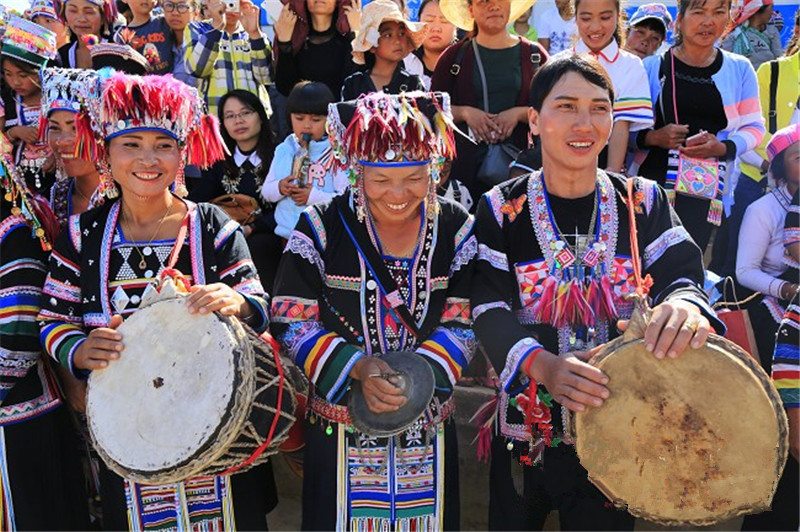
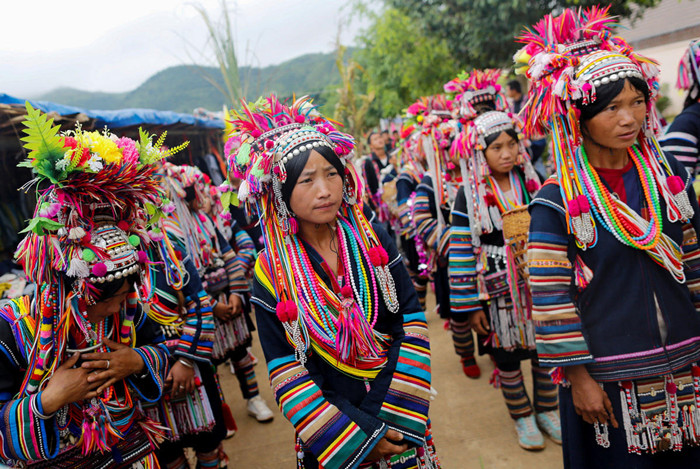
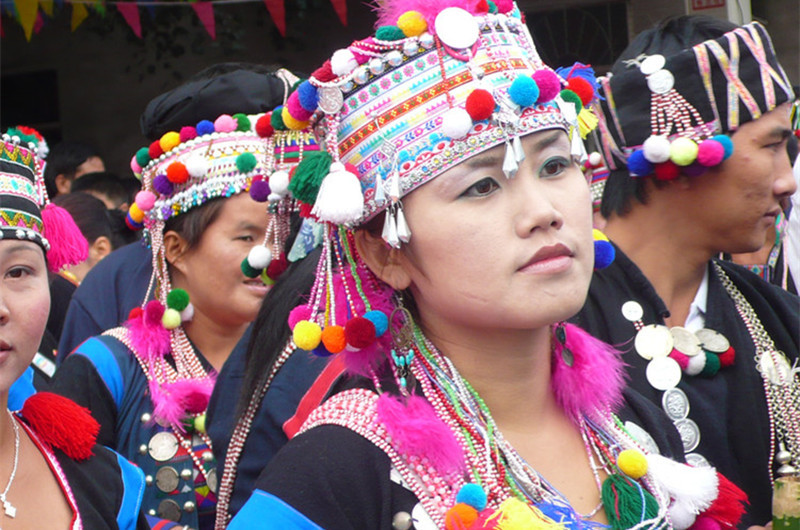
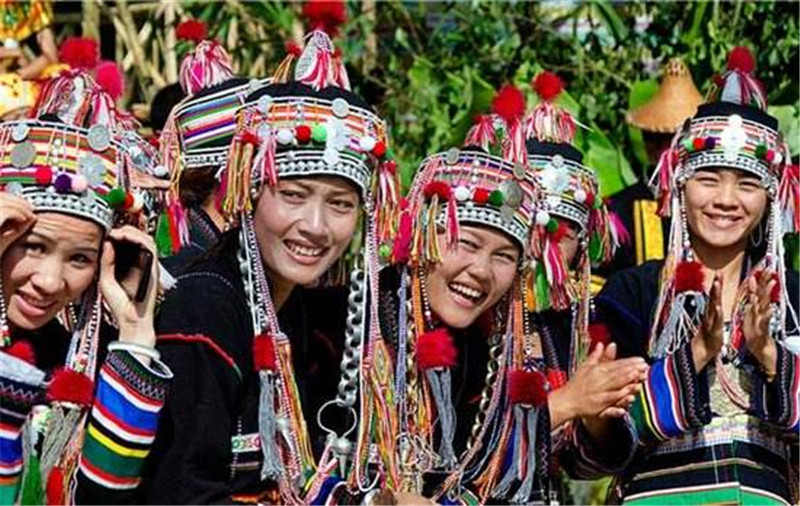

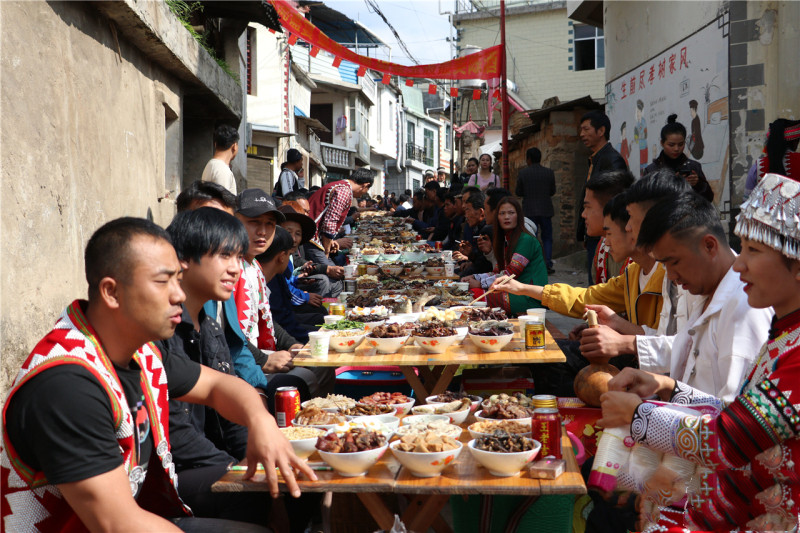

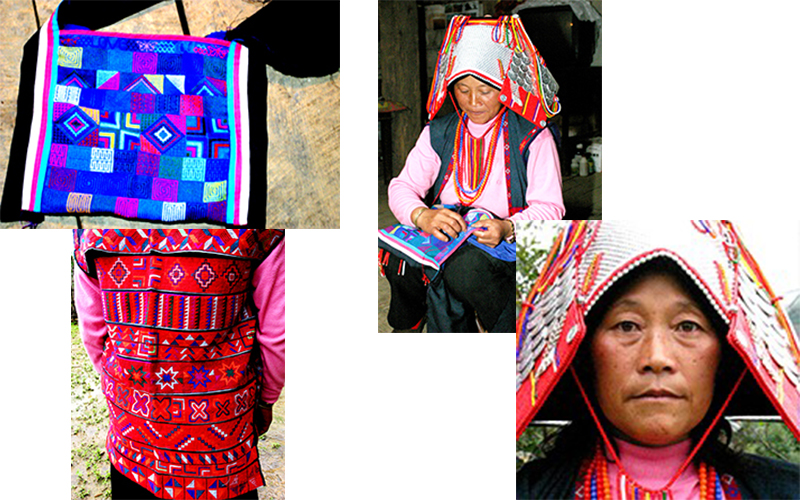



 What Our Customers Say?
What Our Customers Say?
